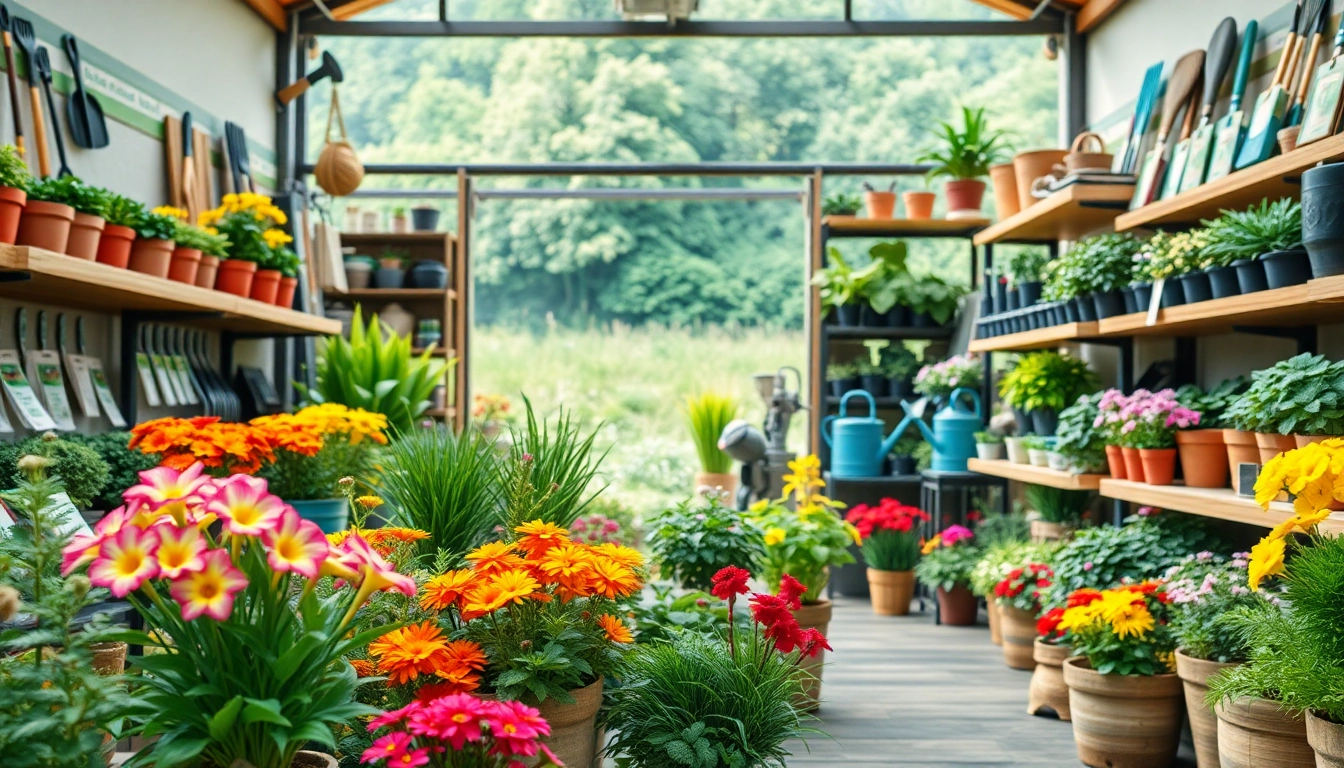Understanding Dental Crowns: Types, Benefits, and Care

What Are Dental Crowns?
Definition and Purpose
A dental crown is a tooth-shaped cap designed to cover a damaged or decayed tooth, restoring its shape, size, strength, and improving its appearance. Crowns can serve multiple purposes, such as protecting a weak tooth from breaking, holding parts of a cracked tooth together, or covering poorly shaped or discolored teeth. Additionally, they are often placed on top of dental implants, acting as a complete replacement for missing teeth.
Types of Dental Crowns
Dental crowns come in various materials, each offering distinct advantages and disadvantages. The choice of crown material may depend on the location in the mouth, the extent of tooth decay or damage, and the patient’s personal preferences regarding aesthetics and durability. Common types of crowns include:
- Porcelain crowns
- Metal crowns
- Porcelain-fused-to-metal crowns
- Composite crowns
- Zirconia crowns
Indications for Use
Crowns may be indicated in various dental scenarios. Their application is generally recommended for the following conditions:
- Severe tooth decay that cannot be repaired with a filling
- A tooth that has undergone root canal treatment
- A cracked or severely worn tooth
- A misshapen, discolored, or poorly formed tooth
- To support a dental bridge or cover a dental implant
Types of Crowns Explained
Porcelain Crowns
Porcelain crowns are favored for their excellent aesthetic qualities, making them ideal for visible teeth. They closely mimic the color and translucency of natural teeth, providing a seamless look. Porcelain crowns are durable and can withstand normal chewing forces, but they are more prone to chips and may not be the best choice for back teeth where greater biting forces apply.
Metal Crowns
Metal crowns are made from gold or other alloys that are extremely durable and withstand heavy chewing forces. They are primarily used for molars or back teeth where appearance is less of a concern. The main disadvantage is their metallic color, which can be less appealing if the tooth is visible when laughing or speaking.
Composite and Zirconia Crowns
Composite crowns are made from resin and are another aesthetically pleasing option. They can be easily matched to the color of natural teeth, but tend not to last as long as porcelain or metal crowns. Zirconia crowns, on the other hand, combine strength and aesthetics, offering a highly durable option that can be used in both anterior and posterior teeth. They are less likely to chip and significantly resist cracking, making them a popular choice for many dental professionals.
The Dental Crown Procedure
Initial Consultation Steps
The journey to acquiring a dental crown begins with an initial consultation with your dentist. During this appointment, the dentist will evaluate the need for a crown through a thorough examination, which may include X-rays to assess the tooth’s condition and surrounding bone structure. The dentist will discuss the various types of crowns available and help you choose the best option based on your individual needs and aesthetic preferences.
Application Process
The procedure for placing a crown typically involves two visits:
- During the first visit, the dentist will prepare the tooth by removing any decay and reshaping it to fit the crown. This may require the use of local anesthesia to ensure comfort. After shaping, an impression of your tooth will be taken to create the final crown, and a temporary crown will be placed to protect the tooth while the permanent crown is made.
- In the second visit, usually a few weeks later, the temporary crown is removed, and the permanent crown is fitted. The dentist will check the fit and color of the crown before cementing it in place. Adjustments may also be made to ensure comfort and proper bite alignment.
Aftercare Tips
Caring for your newly placed crown is integral to its longevity. Here are some aftercare tips:
- Maintain excellent oral hygiene by brushing twice a day and flossing daily.
- Be mindful of hard foods that could damage the crown, especially in the first few weeks after placement.
- Visit your dentist regularly for check-ups to monitor the health of your crown and surrounding teeth.
Cost Considerations for Crowns
Factors Influencing Price
The cost of dental crowns can vary significantly based on several factors, including the type of crown selected, the complexity of the procedure, and geographical location. Generally, porcelain crowns tend to be on the higher end of the price spectrum, while metal crowns are usually more affordable.
Insurance Coverage Options
Insurance coverage can also impact the final out-of-pocket costs for crowns. Many dental insurance plans offer partial coverage for crowns, particularly when deemed medically necessary. It’s crucial to check with your insurance provider to understand the coverage specifics and potential out-of-pocket costs.
Comparison of Crowns Costs
Here’s a general overview of crown costs based on type:
- Porcelain crowns: $800 – $3,000 per tooth
- Porcelain-fused-to-metal crowns: $500 – $1,500 per tooth
- Metal crowns: $400 – $2,000 per tooth
- Composite crowns: $300 – $1,500 per tooth
- Zirconia crowns: $800 – $3,500 per tooth
Benefits and Potential Drawbacks
Advantages of Dental Crowns
Dental crowns offer numerous benefits, including:
- Protection for weak or damaged teeth
- Improvement of tooth appearance
- Enhanced functionality for chewing and speaking
- Long-lasting restoration compared to fillings
- Support for dental bridges or implants
Common Concerns and Side Effects
Despite the many advantages, some may experience concerns related to dental crowns, such as:
- Possible discomfort or sensitivity following placement
- Potential for chipping or breaking, particularly with porcelain crowns
- Risk of crown dislodgment
- Allergic reactions to metal crowns for some individuals
When to Avoid Treatment
While dental crowns are generally safe and effective, certain situations may warrant reconsideration of treatment. Patients with active gum disease or those who struggle to maintain oral hygiene may not be suitable candidates until those issues are resolved. Moreover, individuals with bruxism (teeth grinding) should consult their dentist about preventative measures before undergoing crowning procedures to avoid potential damage to their crowns.






